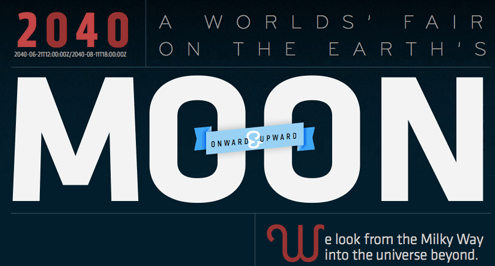Disclaimer:
I realize there is not a perfect "formula" for this question. I'm looking for your experiential working practices. If you don't have any, I won't hold it against you.
Over the last couple of years, webfonts have finally gone mainstream! Browser support is good enough and the market has broadened to the extent that designers have an excellent range of possibilities.
For my performance-focused clients using webfonts has some nice benefits beyond visual/branding: Getting type out of images makes greater image compression possible and content and style updates much faster.
The question today is:
At what point do you make the break from live html text to graphics? Especially in the context of a site with high performance requirements (loads of traffic, logic, and third party assets loading). I'm walking the line in a few projects now and having a hard time deciding in some cases. I'm wondering what formula others have come up with. If any.
We need to balance several factors (I know there are more):
- Typographic integrity
- Asset requests made to the server
- SEO and accessibility
- Responsive design (where applicable)
Complicating matters, rendering still varies widely by browser and OS. Compare IE 8 to 9, for instance or, more dramatically, OS X to Windows. Obviously, your market may negate concern for some of those issues (I unfortunately still support back to IE7 in a big way on some projects). And while webfont OpenType feature support is pretty good in Firefox, it's still lagging in virtually all others.

